The business world has changed dramatically over the years. The competitive advantages of creative thinking in the workplace has become more recognised. Rightfully so. It is one of our strongest skill sets.
From robotic humans to human-like machines. What’s the advantage?
Initially, we wanted humans to be more like machines. To be as efficient as possible. The classic image of a factory worker springs to mind. The human condition was seen as a hindrance to productivity.
Now, however, machines have become more human. Or rather it appears that we, as the creators, are trying to replicate humanness. Science fiction becomes a reality.
But can we ever authentically reproduce the human condition?
We often hear the term “human error” bandied about. The connotations are always negative. Many technological advancements have been developed with the sole purpose of eliminating human errors. But human error is part of the human condition. That’s what distinguishes us from machines. Failure is part of success.
In 2014, Amazon released Amazon Alexa, a virtual assistant similar to Apple’s Siri. In 2016, Google took it up a notch and released their version of Alexa – Google Assistant. Google Assistant is able to make phone calls, have conversations with humans, make and change appointments among a variety of other tasks. These kinds of advancements threaten to render secretaries and receptionists redundant. They are powered by artificial intelligence and continuously improving. This is only the beginning.
Soon all routine cognitive jobs will be left to machines.
This could be a cause for panic, but actually it’s a great opportunity for us all. Why? Because creative thinking is a uniquely human skill. Without getting swamped by those routine cognitive jobs we are able to use it more in the workplace.
What is creative thinking and why is it important?
Creative thinking is essential for non-routine cognitive applications. In business, it’s called innovation. Cliched terms like “thinking out of the box” come to mind. But essentially that’s what it is.
The main advantage of creative thinking in the workplace is that we have the ability of looking at problems from varying perspectives. To see beyond the predictable. And to discover fresh possibilities and new opportunities. We cannot innovate without these skills.
As humans, it is something we are all capable of. We can learn it. We can practice it. Because creativity is quintessentially human.
With creative thinking, we can solve problems and create solutions that machines cannot.
Evolving education and creative thinking skills
Jack Ma, entrepreneur, co-founder and executive chairman of Alibaba, emphasised the importance of changing the way we teach and what we teach.
Education has always been knowledge-based. But with a future of artificially intelligent technology, that cannot continue. Instead, we have to encourage the learning and development of “soft skills”. This means communication and skills relevant to human beings. Ethics, teamwork, integrity and empathy. Artistic skills like music and painting. Physical skills such as team sports, martial arts and athletics. Creative thinking skills like problem solving and brainstorming.
Essentially, these skills set us apart from machines.
These skills promote the advantage of creative thinking. This is what Jack Ma calls “independent thinking”.
Creative thinking inspiration
A shining example of creative thinking, one that we are extremely proud of, comes from one of Red & Yellow’s founders. Brian Searle-Tripp took an old-model Volkswagen model that was going to be phased out, and re-invented it as the Citi Golf. And this is the best-selling car in the history of South Africa. Neither a mechanic nor an engineer, Brian didn’t even work for Volkswagen. He worked for Ogilvy, their ad agency. He did 4 things:
- Gave it three new colours
- Took out the luxuries
- Gave it a snappy name and a good price
- Conceptualised a winning ad campaign.
No machine could have come up with an idea like that.
A history of creative thinking
Boundless, unpredictable and difficult to define. Creativity is something that has always intrigued us. But it isn’t only drawing or painting. Psychologist Ellis Paul Torrance developed the Torrance Tests of Creative Thinking (TTCT) in the 1960s. He based this on psychologist J.P. Guilford’s work. In the beginning, the scores were determined by four scales. They were fluency, flexibility, originality and elaboration.
The test changed over time. Different criteria, new tasks and scoring methods made this necessary. But the purpose remained the same. That is to discover ways in which to measure creativity. To understand the creative process and how to harness its power and potential. Sound interesting? Keep an eye out on our social media feeds for some Torrance Test samples.
Want to start thinking creatively? Start drawing, broaden your mind with books, enjoy the creativity of others and never stop being curious. Also, take courses that not only add boost your CV, but also develop your uniquely human skills.
If you would like some more context on this topic, read our earlier article, Rise of the Machine.
So, here’s to curiosity, questioning, communication and challenging ourselves with creative thinking!
About the article author: Molly is in the process of completing her Postgraduate Diploma in Management and Business Communication at the University of Cape Town. In her spare time, she writes for fun (go figure), and reads books to broaden her mind.


